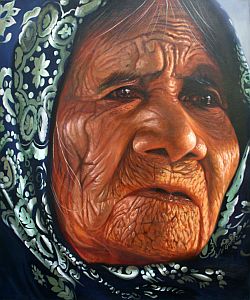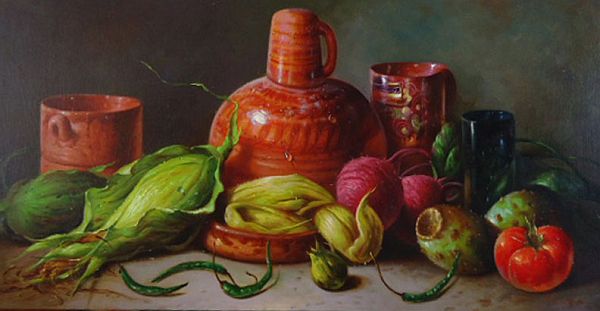If you really hate paying taxes it might be time to move to Mexico and become an artist. Artists in Mexico can participate in a unique program called 'Pago en Especie' (Payment in Kind) where they are permitted to pay federal income tax with their own artwork, reports The Atlantic.
 |
The premise is simple enough: If an artist sells one to five pieces of art per year, he or she donates one piece to the government, and if an artist sells six to eight pieces, he or she donates two to the government, with a cap of six pieces donated per year. The pieces are divided up and put in museums and administrative buildings around the country; some are even sent to international galleries around the world.
Mexico currently has the lowest tax revenues of any Latin American country. Fifty percent of the country lives below the poverty line, while another estimated 30% earns income from the informal market, leaving the country's taxes to be paid by just 20% of the population. Pago en Especie doesn't exactly help the tax situation in Mexico, and the government has never calculated the total tax revenue lost from the program, but promoting the arts is important enough in Mexican culture to outweigh that lost revenue.
"Murals were how Mexican history was first portrayed to the public. A country's culture and its understanding of itself evolve through its art. And that's something we are in need of, especially now." José Ramón San Cristóbal Larrea, director of the government's Cultural Promotion and National Heritage Office told The Atlantic.
Some people think the program should be discontinued in order to increase Mexico's tax revenue, but people like Antonio Sandoval López, a tax lawyer specializing in the arts, disagrees. He told The Atlantic, "This program has been a creative way to get artists to participate in the system, and the benefits have reached far beyond Mexico. The truth is, before, most artists simply didn't pay their taxes."
Original article


